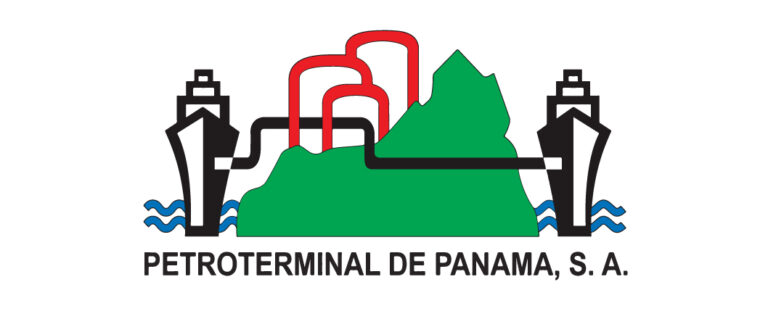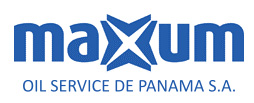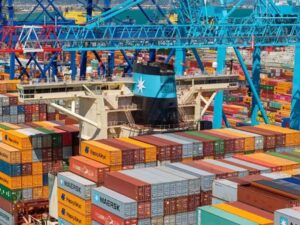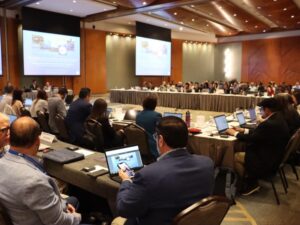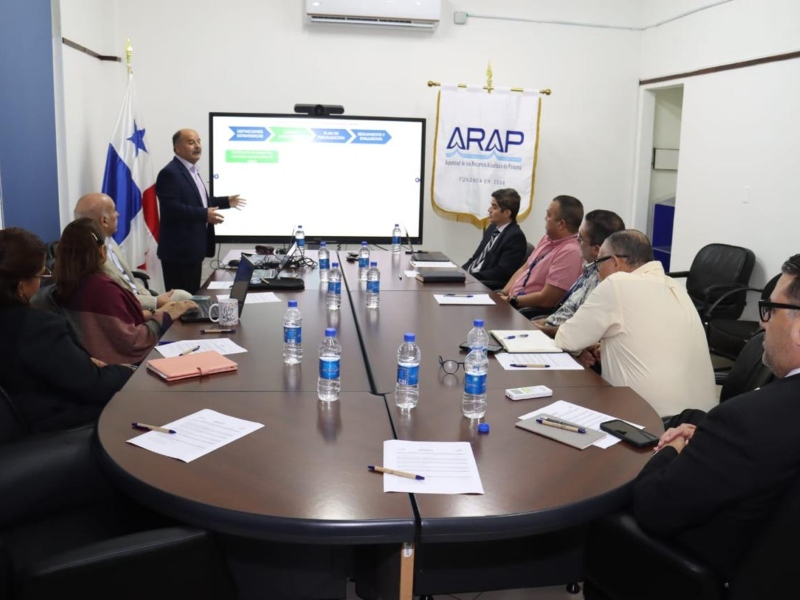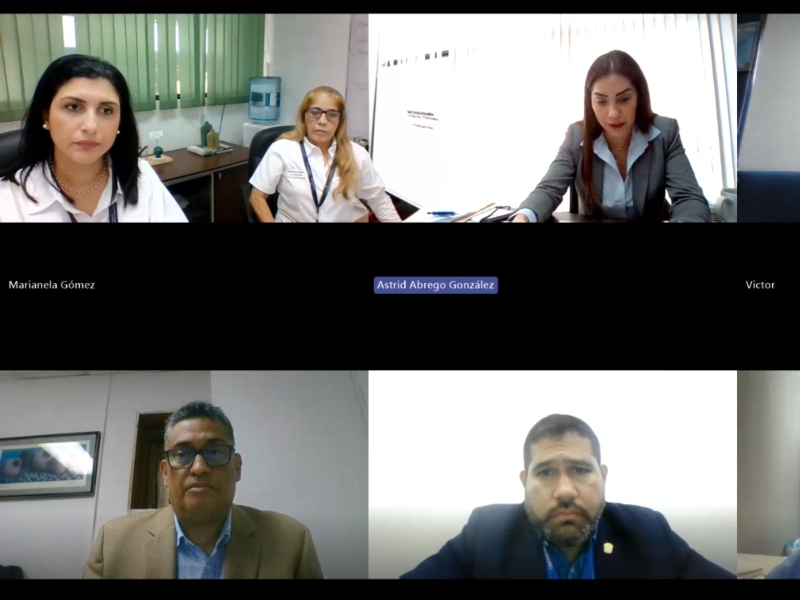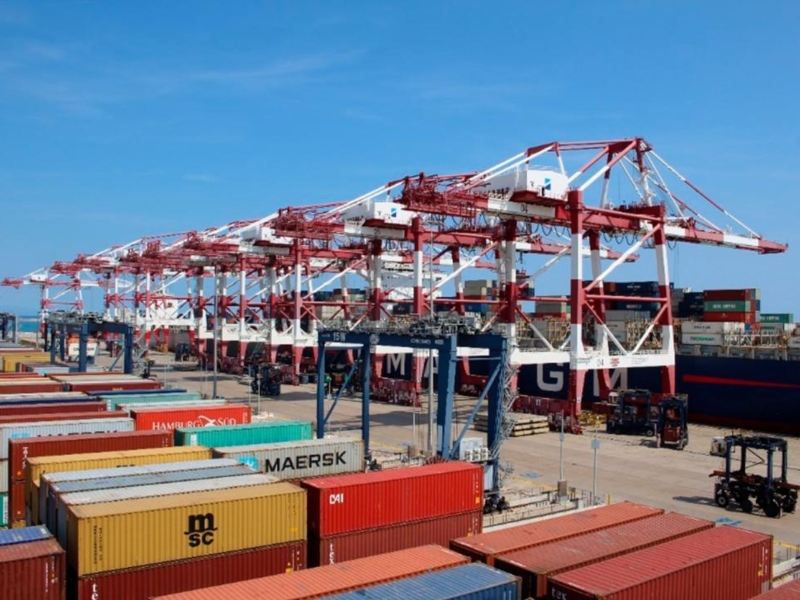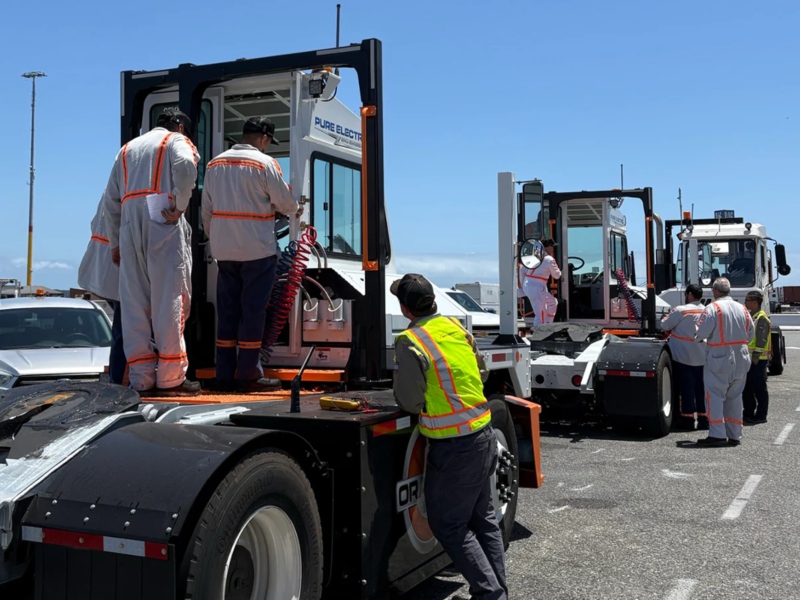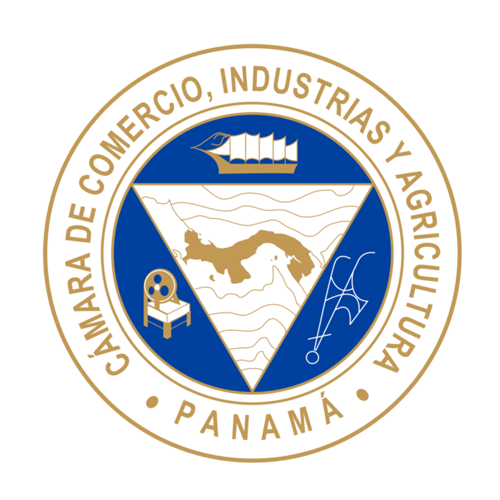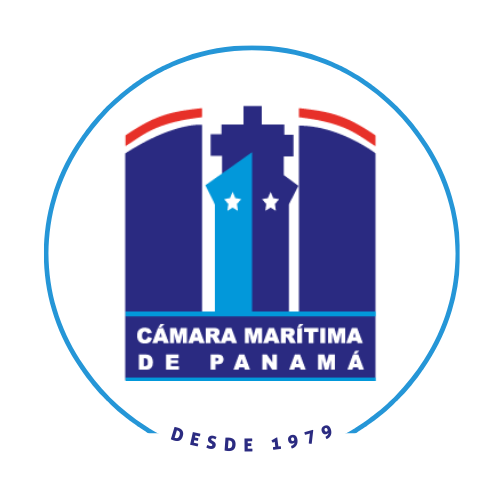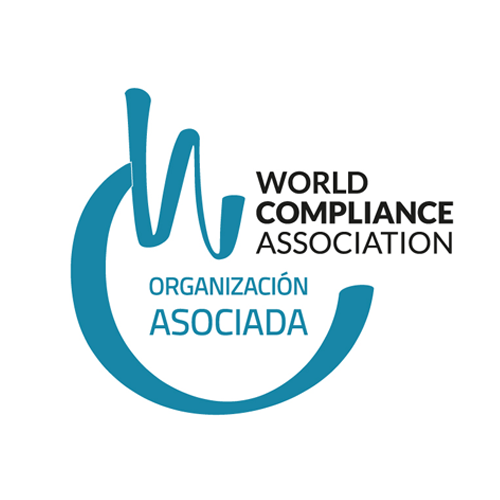Source: Panama Canal
As part of its commitment to improve customer experience and reflect the growing value of the waterway, today the Panama Canal issued a proposal for a new simplified toll structure that will provide price stability for customers in years to come. The proposed changes will offer customers predictability, establishing tariffs well in advance allowing them to plan their business decisions accordingly.
The proposed toll structure will reduce the number of tariffs from 430 to less than 60, offering a simpler way for customers to use the Panama Canal. This simplified system will minimize unnecessary complexity and facilitate transactions by eliminating toll bands and introducing tariffs based on the locks used and vessel size.
“Although the Canal’s legacy is already rooted in reliability and resiliency, this new toll structure will enable us to evolve our service further by unlocking greater collaboration and capacity for customers.” said Panama Canal Administrator Ricaurte Vásquez Morales. “By making these changes, we recognize the value of extending greater predictability today, while renewing our commitment to improving customer experience.”
The proposed toll structure recommends the following key adjustments, among others:
- Replacement of toll bands with fixed and capacity tariffs: The Panama Canal is eliminating toll bands and introducing simplified tariffs according to the locks used, as well as the vessel type and size category. Tolls will be determined by two components:
- A fixed tariff per transit, according to the locks used and the vessel size category (Regulars, Supers, and Neopanamax), that will remain in place until year 2025. For some types and sizes of vessels, these categories are further divided to avoid exceeding the value the Canal provides to customers.
- A capacity tariff per vessel types and size category, addressing the value of the service provided by the Canal.
- Replacement of tariffs for vessels in ballast: The Panama Canal is reducing complex tariffs for vessels in ballast that are not consistent with the value provided to customers. Under the proposal, vessels transiting in ballast will pay a percent of the regular laden toll, independent of the market segment, and the special return trip tariffs for container and liquefied natural gas (LNG) vessels will be phased out.
- Modifying the loyalty program: The loyalty program was created in 2016 to incentivize the migration to the Neopanamax locks. This was achieved as currently 55% of total tonnage transits through these locks. The Canal seeks to simplify the loyalty program for container vessels by reducing the number of categories from six to one. The plan is to have one loyalty level applicable to customers deploying more than 1.5 million TEU per year. The Canal will provide a grace period during which the simplified version of the loyalty program will remain in effect in 2023 and 2024. The program will be phased out by 2025.
The proposed changes acknowledge how the Panama Canal creates, captures, and renders value for today’s new trade landscape. By offering greater visibility, the new structure aims to foster greater continued collaboration with customers.
“Our ability to maintain a safe, reliable route amid rising climate and supply chain challenges hinges on making strategic investments and adjustments to our business structure today,” said Panama Canal’s Vice President of Finance, Victor Vial. “Ground-breaking investments are already underway to capitalize on these changes and strengthen the Panama Canal’s role in connecting smarter, more sustainable supply chains.”
Along with the proposed changes to its toll structure, the Panama Canal is planning to invest an estimated $2 billion in water projects, and will pursue additional investments in digital transformation, infrastructure maintenance, as well as new infrastructure and equipment to become carbon neutral by 2030. These investments reflect its leadership’s ambitious plans to strengthen the waterway’s role in global trade.
Reaffirming the Panama Canal’s commitment to increase visibility, and remaining in communication with customers and industry partners, all interested parties in the proposed toll structure are invited to participate in the consultation process, as well as the public hearing, to be held in Panama City, Panama, on May 20, 2022, at 9:00 a.m. (local time). In accordance with established rules, the Panama Canal will consider all correspondence received at canaltolls@pancanal.com by 4:15 p.m. (local time) on May 17, 2022, as well as comments and opinions presented during the public hearing.
After a careful evaluation and analysis of the comments received, and once any pertinent changes are incorporated in the proposal, the Cabinet Council of the Republic of Panama will officially approve the modifications. The modifications to the tolls structure will be gradually implemented from January 2023 to 2025.
![]()









